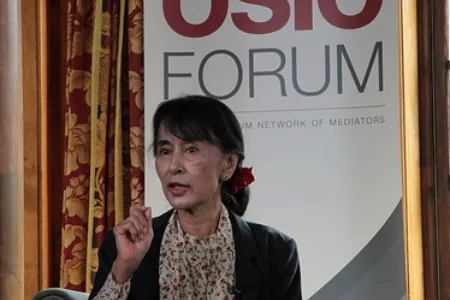Measuring the effectiveness of Norwegian peace facilitation

Over the past twenty years Norway has established an international reputation as a peace facilitator. The Oslo Accords and Norway’s active involvement in other peace processes in the 1990s provided the basis for constructing a peace narrative around the supposed disinterestedness and uniqueness of the Norwegian approach, which has evolved over the years, with a major move towards the professionalisation of the country’s peace efforts.
Critics have questioned the results and effectiveness of Norwegian peace engagement. While they point to the collapse of peace processes and conflict recurrence, Norwegians engaged in these processes take a more positive view, avoiding absolutes and underscoring instead less spectacular, but nonetheless important achievements. Over and above peace agreements, peace processes can generate a series of tangible and intangibles peace assets – e.g. confidence building, informal peace alliances, formal institutions, etc. – some of which may help to reduce the severity of the conflict and even survive the collapse of the peace process.
This expert analysis deals with the issue of conceptualising success in peace facilitation. From a study of the fundamentals underlying Norwegian peace facilitation, it shows the importance of being able to measure the degree of success of peace processes, presenting a three-tier, modular proposal for Norway to capture tangible and intangible gains in the short, medium and long term.